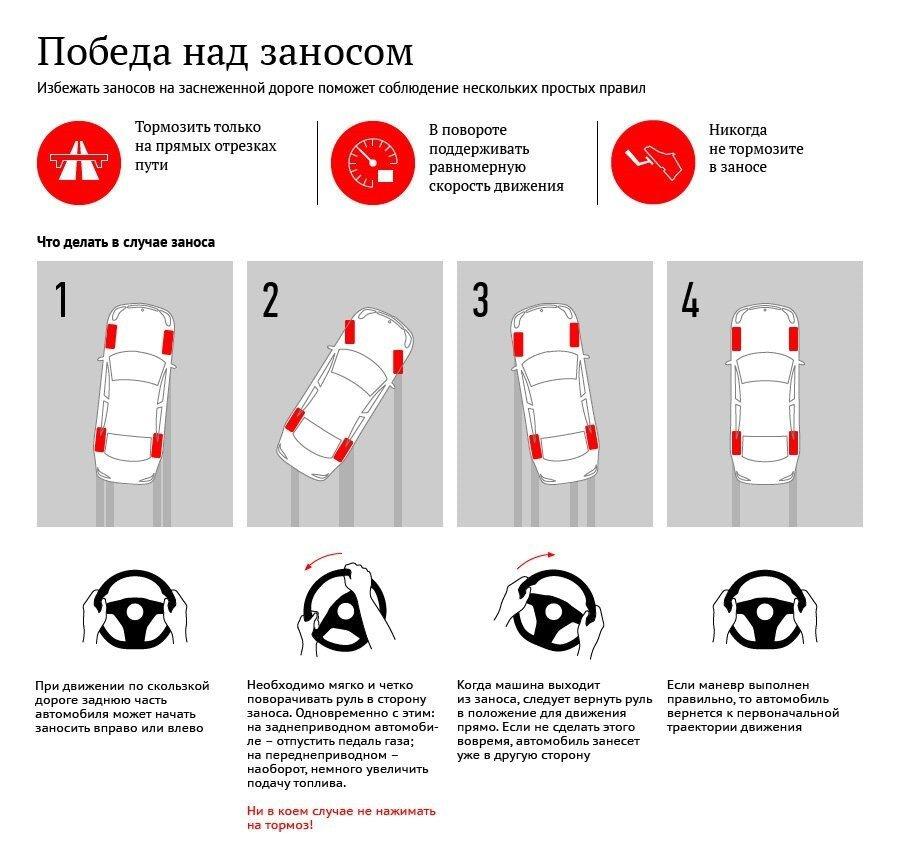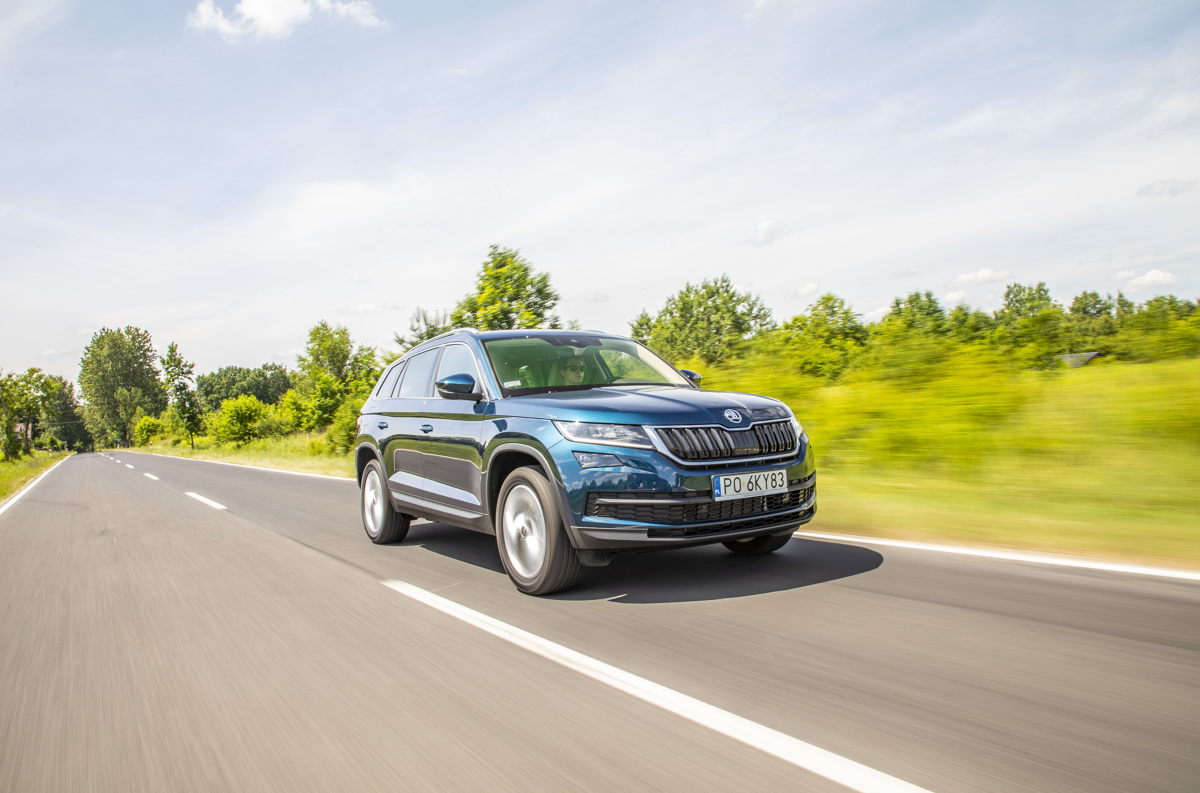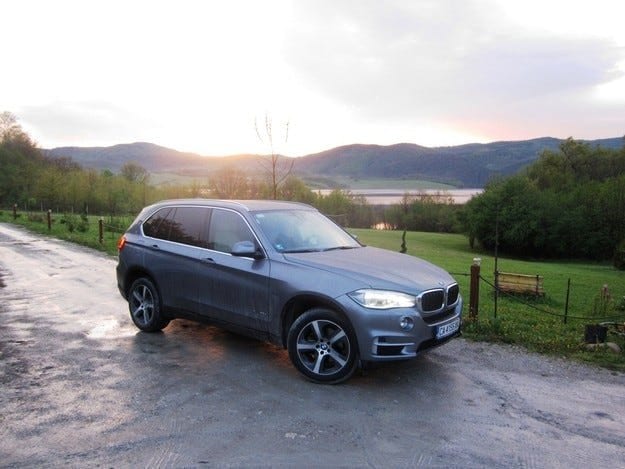
Safe braking. A few rules for the driver
 Braking is one of the most important maneuvers that every future driver must master. However, it turns out that even experienced lecturers sometimes have trouble completing this task effectively and safely.
Braking is one of the most important maneuvers that every future driver must master. However, it turns out that even experienced lecturers sometimes have trouble completing this task effectively and safely.
“The mistake is often the wrong driving position,” says Radosław Jaskulski, coach of Skoda Auto Szkoła. – The distance between the driver's seat and the pedals must be such that the leg remains slightly bent after depressing the brake pedal to the stop. This will allow you to apply the brake with more force, which significantly affects the braking distance.
As the coach of Skoda Auto Szkoła explains, in an emergency, you need to “kick” the brake and clutch with all your might at the same time. This procedure will allow you to start braking with maximum force and turn off the engine. Keep the brake and clutch depressed until the vehicle comes to a stop.
Incorrect emergency braking does not only mean that the vehicle may collide with an obstacle that is the immediate cause of the braking, such as a vehicle leaving a secondary road. Applying too little force to the brake pedal can cause the vehicle to roll backwards, resulting in a skid in extreme cases. - This is due to the fact that the ABS system does not fully control all the wheels, but only the front ones. The electronic brake force corrector reads that slip only affects these wheels and pays more attention to them, explains Radoslav Jaskulsky.
So, if braking is caused by another vehicle hitting the road and it is carried out with too little force, then in the event of skidding, a blow may occur, for example, against a tree growing near the road.
An even bigger mistake would be to take your foot off the brake pedal when going around an obstacle. Then the ABS system does not control the car at all, which can lead to skidding of the rear wheels, and in extreme cases, to a rollover.
The problem of improper execution of the emergency braking maneuver has long been noticed by automakers. Therefore, in modern cars, driver assistance systems have appeared in the event of an emergency. One of them is the brake assistant. This is a system that causes the brake system to build up a lot of pressure, exerting maximum force on the brakes on the wheels. It comes into action when sensors detect that the driver is taking their foot off the accelerator pedal faster than normal.
Importantly, the emergency brake is not only in high-end cars. It is also standard on vehicles for a wide group of buyers. For example, it is present in Skoda Scala. The Predictive Pedestrian Protection pedestrian detection system is also available on this model. While driving in the city, sensors monitor the space in front of the car. The emergency brake is applied when a moving pedestrian is seen, for example crossing the Scala road.
Driving safety is also supported by the collision avoidance system, which is, for example, in the Skoda Octavia. In the event of a collision, the system applies the brakes, slowing the Octavia to 10 km/h. In this way, the risk of further collisions is limited, for example, if the car bounces off another vehicle.
- The most important thing in an emergency is to apply the brakes hard and not release it until the car comes to a complete stop. Even if we do not avoid a collision with an obstacle, the consequences of the collision will be less, - says Radoslav Jaskulsky.
